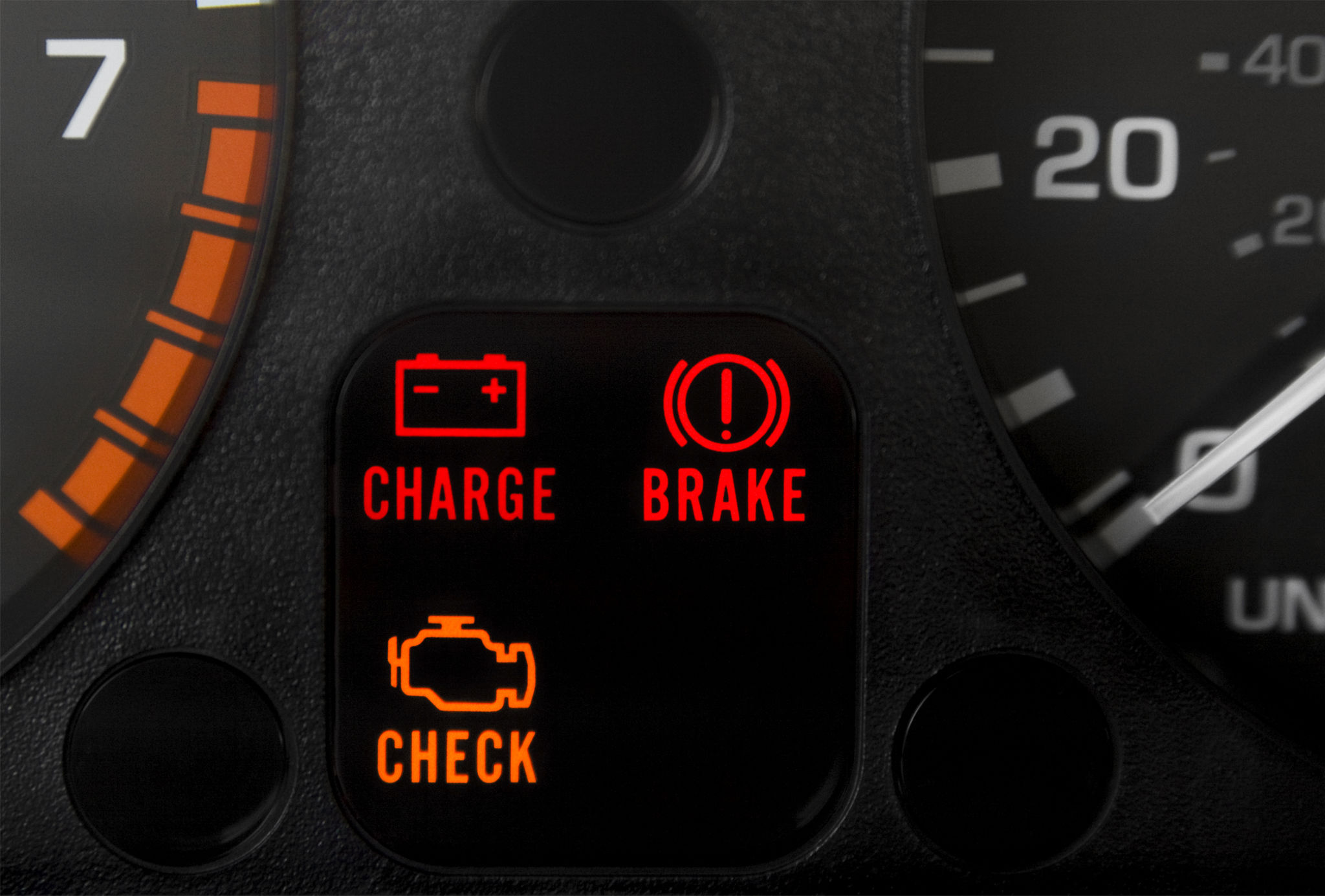DIY Dashboard Light Checks Before Visiting a Professional in Bristol
Understanding Your Dashboard Lights
Dashboard lights are an essential aspect of modern vehicles, designed to alert drivers to potential issues and ensure safety. Before rushing to a professional in Bristol, it's beneficial to understand what each light signifies. The dashboard is typically divided into warning lights, which indicate serious issues, and indicator lights, which provide information about the car's current status.

Some common warning lights include the oil pressure warning light, engine temperature warning light, and battery charge warning light. On the other hand, indicator lights might show your car's cruise control status or the operation of the high beams. Familiarizing yourself with these symbols can save you time and help you communicate effectively with your mechanic.
DIY Step-by-Step Guide to Checking Dashboard Lights
Before you decide to visit a professional, there are a few DIY checks you can perform to gain a better understanding of your vehicle's dashboard lights. Here’s a step-by-step guide:
- Consult Your Vehicle’s Manual: Start by checking your vehicle’s manual. This document provides specific information about each dashboard light unique to your car model.
- Turn on the Ignition: Without starting the engine, turn the ignition key to the 'on' position. This will illuminate all dashboard lights briefly, allowing you to check for any that do not light up.
- Check for Persistent Lights: After starting the engine, note which lights remain on. These are the ones that require further attention.
Investigating Common Warning Lights
If a warning light persists, it’s important to understand what it may indicate. Here’s how you can investigate further:
- Oil Pressure Light: Check the oil level using the dipstick. If low, add oil immediately and monitor the light.
- Engine Temperature Light: Ensure coolant levels are adequate. Low coolant can cause overheating.
- Battery Charge Light: Inspect the battery terminals for corrosion and ensure they are connected securely.

When to Seek Professional Help
While DIY checks can offer valuable insights, some situations require professional expertise. If a dashboard light remains on after performing initial checks or if you're uncertain about any findings, it’s best to consult a professional mechanic in Bristol.
Persistent warning lights could indicate deeper issues that need specialized equipment or knowledge to diagnose. Delaying professional intervention can lead to more severe problems or costly repairs down the line.
Preparing for Your Visit to the Mechanic
Once you've decided to seek professional help, there are steps you can take to ensure a smooth process:
- Document Observations: Keep a record of when the light first appeared and any actions you took.
- Note Any Symptoms: Pay attention to unusual noises or changes in vehicle performance that accompany the warning light.
- Communicate Clearly: Be ready to provide the mechanic with detailed information about your observations and any DIY steps taken.

The Benefits of Early Diagnosis
Tackling dashboard lights promptly can prevent minor issues from becoming major headaches. Early diagnosis often leads to simpler and less expensive repairs. Additionally, understanding your vehicle's needs contributes to a longer lifespan and better performance.
By conducting these preliminary checks and seeking professional advice when necessary, you can maintain your car's health and ensure a safer driving experience in Bristol and beyond. Keep these tips in mind to effectively manage your vehicle's dashboard alerts and maintain peace of mind on the road.
